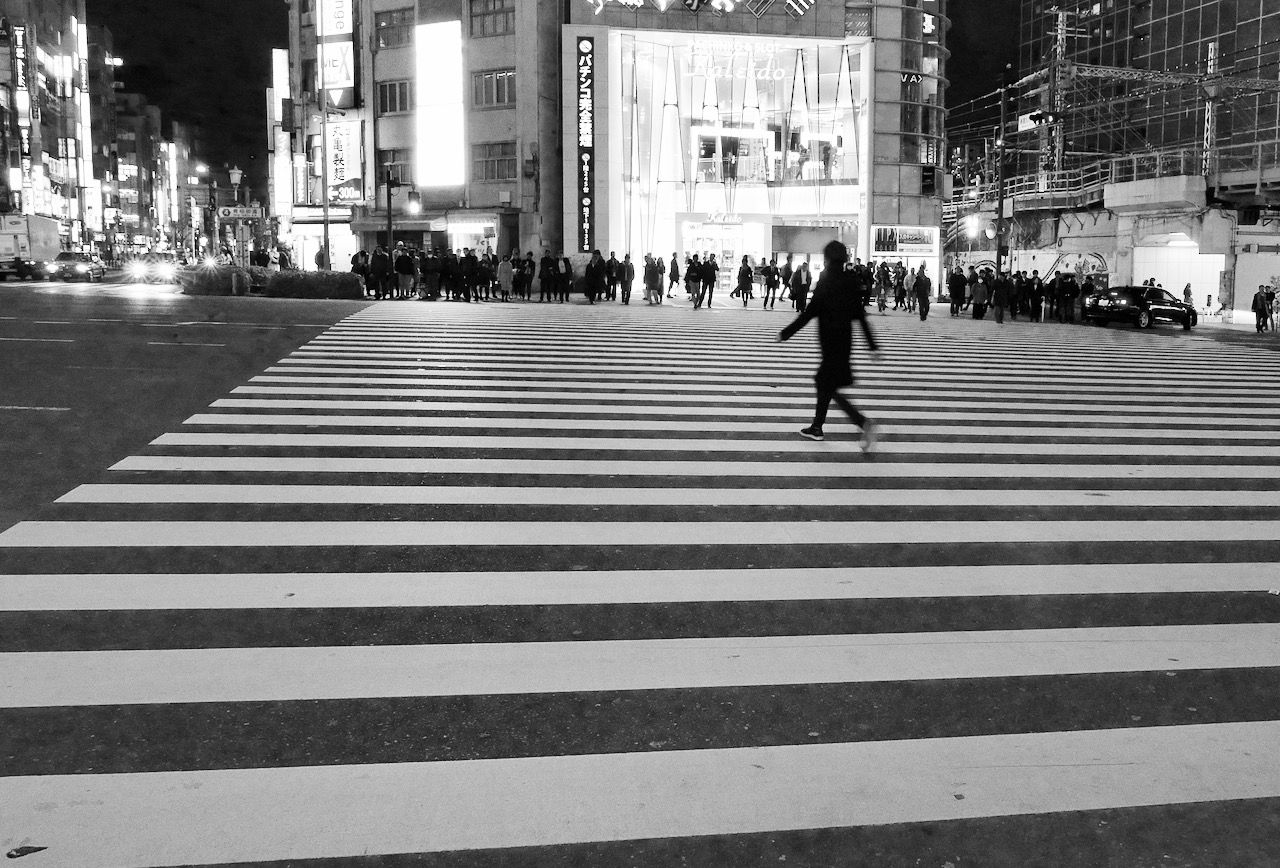As 2020 came to a close, I had a very special call with some alumni of the Opening Doors Social Inclusion Leadership Program here in Melbourne. Part of our reflection centred around what had changed in our world as leaders since Covid-19 arrived. As we concluded the session, one of the group asked, ‘As we gradually come out the other side of the pandemic, how do we encourage others to come back to the world of being together after having been apart (for some, very contentedly) for so long?’
With little time left to respond, I promised would call on our Fellows and Friends across the globe (given the diversity of experiences they have had in relation to lockdowns and restrictions during the pandemic) and ask for their insights and thoughts on this question. I thought it would be good to start this year by sharing some of their responses.
Mary (our Fellow in Melbourne) identified that as Covid-19 arrived and quickly dominated our lives, people first moved into their head centre – the centre of rational, fact-based thinking – with questions like what do we need to think about, plan for, consider, do differently?
For many, focus on the body centre – the centre most influenced by the environment around us – also emerged. This occurred in part because so many of us found ourselves working remotely, often with equipment that didn’t necessarily support what needed to be done (e.g. the dining room table or a makeshift office in the bedroom). There was also the drive to escape the confines of the home, to be able to ‘get out’ and move around.
Over time, the needs of the heart centre emerged: the desire for connection, engagement, caring, compassion, checking in on others, talking across driveways to the neighbours, singing songs together from balconies and so on.
Given all of that, Mary shared a retrospective activity that might support groups/teams to re-gather and reset for the future as soon as they reconnect. It’s an activity called the 4 Ls that can be applied to any topic or question, such as a team’s experience in lockdown. It simply requires asking four questions of the group:
• What did we like?
• What did we learn?
• What did we lack?
• What did we long for?
Raffaella (a Friend in Milan, Italy) shared this reflection with us:
‘Over this long period each of us has lived a story, his/her own story. We tend to cling to this story, as it has anchored us in a comfort zone we have built around us to feel safe: who we have been, what we have done and how we have felt. Once we have the permission to return to the world of ‘being together’, we may feel the urge to have this story recognised in order to have our own needs satisfied.
But we are not our stories. They are self-created fictions. They may have provided a comfort zone that helped us through this unprecedented and unexpected time, contentedly for some and discontentedly for others – they may have been a lifeline – but they don’t define us.
Once we are aware of that as we come back into the world, we need to put ourselves into other peoples’ shoes. We can challenge ourselves with questions like: ‘Are we ready to listen to others?’, ‘Are we ready to welcome others?’ and ‘What are others’ needs?’
If we can come back to the world with an open heart, leaving our ego at home, clinging less to our own needs, the more of those needs we’ll have satisfied. Leaving our fictitious stories at home will allow us to get really connected to one another through the genuine willingness to understand each other.’
In a practical sense, Raffaella suggests meditation and finding ways to become more grounded. She encourages us to move out of our houses, our ‘safe’ zones, when it is possible to do that. We can then be the ones ready to meet the others, to listen to them, to be welcoming and to welcome their needs. It’s through truly leaving our ‘self’ at home that we’ll really meet others and deeply connect with them.
Margot (another of our Fellows in Melbourne) provides an important insight that seems a good way to finish this blog post:
‘As a community leader, I would first meet people where they are, understanding the assumptions, fears or new habits that explain why they aren’t necessarily ‘getting together’ at the first opportunity they have.
From that space of understanding, I would adapt the ways of engagement and encouragement around the value of being physically together for one another. For example, some might feel encouraged by the idea that their physical presence might make a difference to others. For others, it could be about providing clarity of the risks (or lack of risk) involved. This is particularly the case for some members of multicultural communities who haven’t understood or had easy access to the official mainstream communications.’
What are your thoughts and ideas? Where you’ve had the opportunity, what have you noticed about how you and others are coming back to the world and what that means for being together? We would love to hear from you.
Gayle


great article gayle, thanks for sharing